Telling Tales in Twine
Twine is an open-source tool for telling interactive, nonlinear stories. This class will use the program as a tool to tell their own story. A base template will be provided, as well as guidance to the CSS, HTML, and other coding. Use variables, font customization, and branching paths to tell a story that has more than one ending!
Monday: Discussion of basic story beats, building tension, and a climax. Show an example of how to use Twine to storyboard. Opening a file, linking to new pages, syntax, and basic UI. Discussing CSS Style Sheets and the sidebar, as well as access to HTML Help Documents
Tuesday: Discussion of how to apply Variables to track when events have occurred. Discuss “gamification” of the stories through variables.
Wednesday-Friday: Constructing their story and playtesting it.
Flames, Freezing, and Ice Cream!
Chemistry is all around us in that which we can see and that which we cannot see. Things that take place on the atomic level impact every part of the world around us. The study of Chemistry helps us to better understand all the different areas of science.
In this course students will:
Explore the difference between chemical and physical changes in matter, including a demonstration that brings the heat!
Explore the different factors that influence the rate of a chemical reaction, including an experiment where students are challenged to make a chemical reaction happen in precisely 10 seconds.
Explore the chemistry of acids, bases, and pH, including demonstrations and experimentation of several brilliant color changing acid-base titrations.
Explore properties of solutions, including the use of a salt water solution to make ice cream.
Each day will include a classroom lesson, a classroom demonstration, and a laboratory experiment.
Science Olympiad
Founded in 1984, the Science Olympiad is a year-round extracurricular event for students who enjoy STEM. It’s nationwide, consisting of 6,000 across all 50 states at both the middle and high school levels. GUPPY’s Science Olympiad workshop provides students a chance to experience several events which are based on the original Science Olympiad events.
Monday: Introduction, Fast Facts
Tuesday - Wednesday: Write It, Do It (Pairs)
Thursday: Optics
Friday: Astronomy & Astonomical Bodies
Video Storytelling
Students will work together to co-write and produce an original video story. We’ll start the class by learning about how to make stop-motion animations using Legos. We’ll take the photographs of each frame, compile them in professional video editing software, and record sound effects to go with it. On subsequent days, we’ll collaboratively write an original story. We’ll use what we learned to produce each scene of the story and compile it into a film. We’ll end the class by screening our accomplishments.
Understanding Out Neurons
Your brain and the neurons within it it work in mysterious ways. It changes and adapts to different environments, stimulations, and challenges. This class will focus on a deeper understanding of how the neurons in our brain respond to different stimuli. Join us and learn more about unraveling the great mystery of the brain and how it works. Students will work hands-on to create and develop various parts of the brain and its structures.
Monday: Understanding the Brain
Tuesday: Pick the brain apart: Neurons
Wednesday: What happens to the brain when…
Thursday: Creating brain structures
Friday: Share our findings
Animating Platformer Games
Have you ever wanted to design your own video game? One of the first steps in this is designing a player character and a setting for them to explore. This class will help you create sprites for your character and animate them, then provide a platformer game in Scratch to insert YOUR character into.
Monday-Wednesday: Customize some premade pixel character templates to represent the idle animation, the run animation, the jump animation, and the strike animation. Focuses on using identifiable silhouettes and applying minimalistic color theory. Editing done through Piskel.
Wednesday-Friday: Import these animations into a platformer Scratch game, showing the students how to apply the different animations. Discuss nuances such as turning around, speeding up/slowing down, falling/landing. Allow playtesting.


